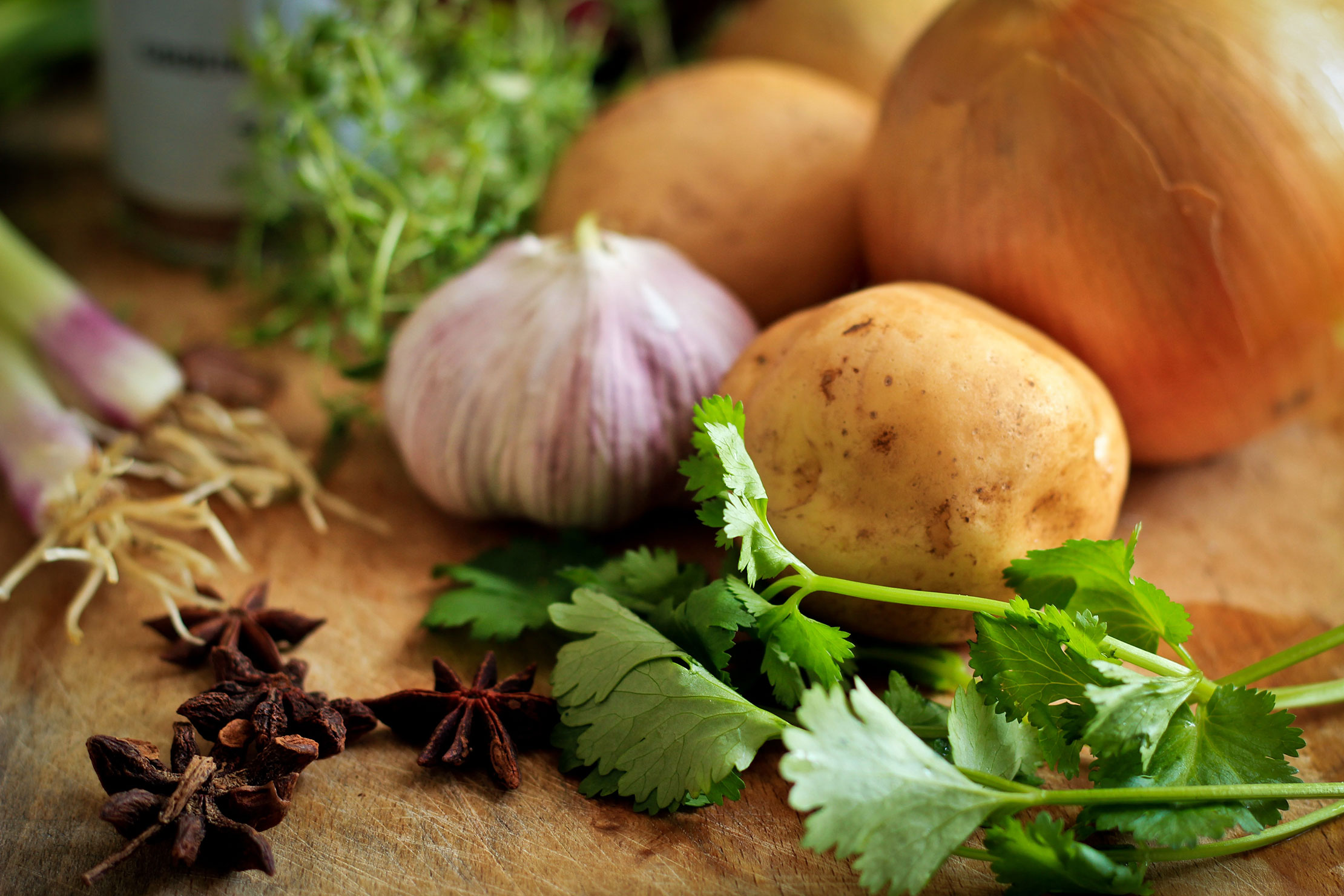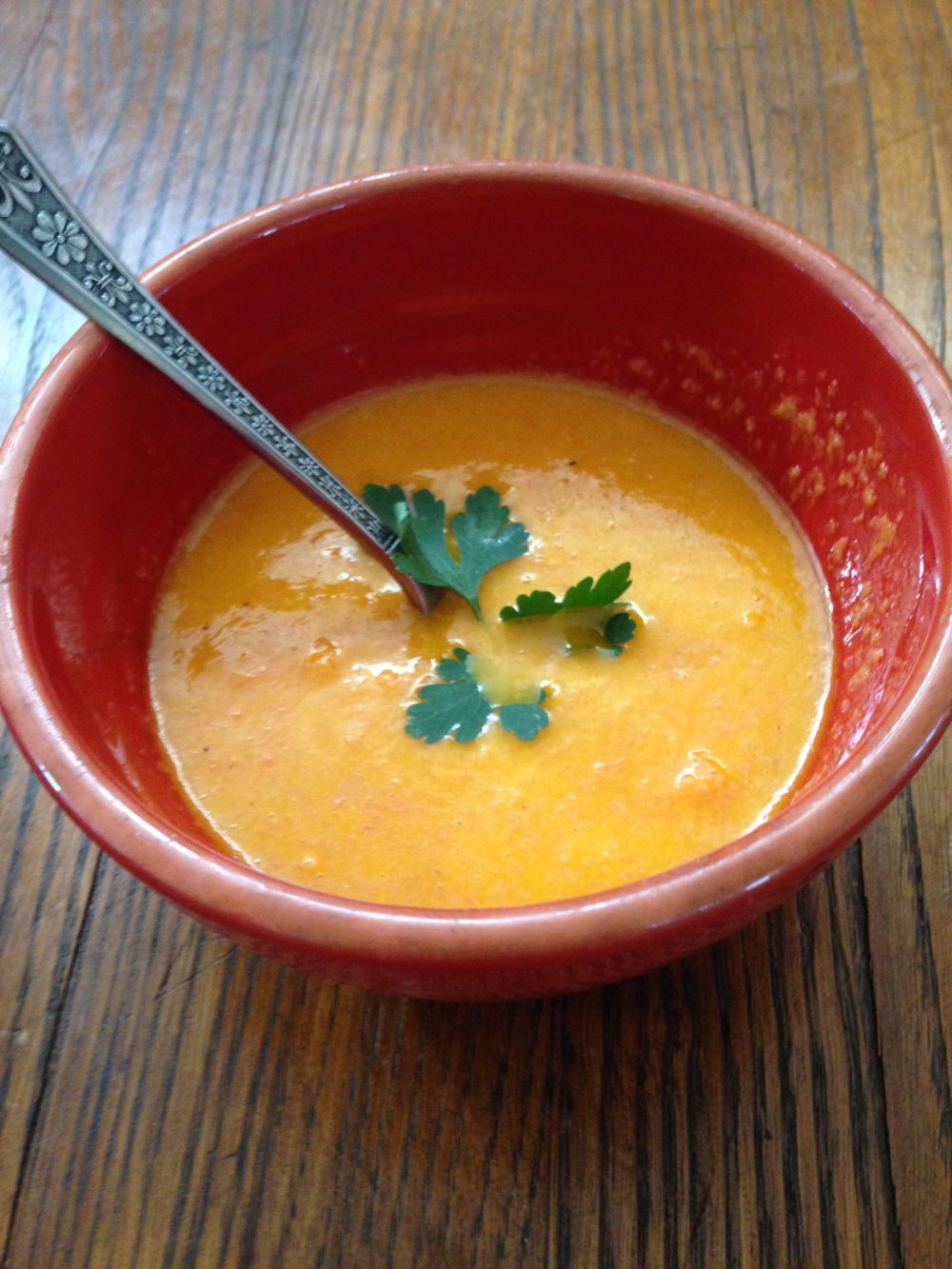Cooking: Beyond Gender

Our cooking instructor, Eva Szigeti, talks about her own experience as a woman in the kitchen, and suggests ways that we can break down stereotypes by involving children in cooking, regardless of their gender…
I love to cook, but I am not always ready to admit to this. Although growing interest in quality food and the cooking experience itself is bringing more and more home cooks of both genders into the kitchen, the daily food preparation for a family is still often viewed as mostly a “women’s job”. Women who embrace this activity are unfortunately still seen by some as ‘homely’, possibly not emancipated, or even not skilled to do anything else. I am often reluctant to talk about my hobby because of this negative stigma—a result of patriarchically established gender roles.
The notion of cooking as a gendered activity has been strongly present in our cultural tradition. Cooking was traditionally perceived as a woman’s mundane job—one that almost anyone can do—not as a true skill or craft, thus underscoring the subordinate position of women in society. Cooking, in the realm of the domestic life, was reserved for women, while food production outside of the sphere of private life belonged to men. The bakers and butchers of patriarchal societies were always men. The low status of domestic kitchen work stood in sharp contrast to the much higher status of the work performed by these ‘skilled craftsmen,’ who were always men.
Recently, I stumbled upon a book called The Working Wives’ (Salaried or Otherwise) Cook Book by Theodora Zavin and Freda Stuart. The book was published in 1963. The primary assumption within is that the wife is the one who prepares the family dinner, even when holding a full-time job. As for husbands, we read the following: “The nonworking wife may be able to send her husband to the supermarket or give him the job of doing the dishes without repercussions. But the working wife must, of necessity, always be aware that the mere fact of her working may to some degree impinge on her husband’s feeling of masculinity. She must be doubly cautious about not heaping ‘women’s work’ on him. We have the impression that most working wives are so sensitive to this that, whoever that beleaguered, emasculated, domesticated husband may be whom the magazines are always decrying, he is not the husband of the working wife.”
These lines sound amusing or sad today, depending on the perspective. No doubt, a lot has changed since The Sixties. Men not only venture to the supermarkets to do the weekly shopping, many men cook. Some of them share kitchen activities with their partners, and there certainly are families were the man is the primary presence in the kitchen. But, often, men interested in food and cooking don’t take on everyday cooking projects. Rather, they engage in occasional and distinctly ‘masculine’ activities, like making and smoking sausage or jerky, curing bacon, or cooking meats outdoors. With these, they are clearly not entering the world of ‘housewives’, but – one could say – they are embracing the ‘hunter’ within. These manifestations of traditional gender roles raise the question: how can we navigate the kitchen with our children of any gender, and how can we cultivate a love of cooking that continues to break down limitations and stigmas for future generations.
My first and only rule is to engage my children. Chores and tasks should be assigned based on their age, interests, and personalities, rather than on gender. Children love hands-on activities. Most of them are happy to participate if they feel useful. If engaged in simple kitchen projects from an early age on, cooking becomes a “normal” part of a child’s repertoire of activities, a habit that won’t be question later in life.
I recommend not taking risks at first. Start with activities your kids will like for sure. A young child will love to wash salad greens, a variation on water play. Washing dishes might can be made into a fun activity for an older child. Working with bread dough is very much like playing with play dough. And mixing is always so much fun! Yes, it would be much faster and much less messy for us adults to complete these jobs, but we need to exercise patience and let them do the work. This is how our children learn. The cleanup time is our long-term investment in their lifelong habits and hobbies.
I like to think of kitchen as (among many other things) a place where children can learn how to collaborate, a place where we can strengthen family relationships, and even gently fight gender stereotypes.
Creamy Carrot Dressing
This is an easy recipe to make and a very impressive one as far as salad dressings go. Anyone can make this one. No cooking experience is needed, but you will need a blender.
Make sure to supervise your children while they use the blender.
This wholesome dressing works not only on salads, it can also be used as a dipping sauce for raw and steamed vegetables, or even served over meats.
1 inch fresh ginger
4 medium carrots
1 small onion
1 clove of garlic
2 cups canola oil (add up to ½ cup more oil for a less thick dressing)
½ cup apple cider vinegar
½ cup soy sauce
1 tablespoon miso
1 tablespoon ketchup
1 tablespoon lemon juice
black pepper to taste
Put all ingredients into a blender. Cream until smooth and creamy with no chunks.
This is a very large batch. Feel free to halve the recipe.





